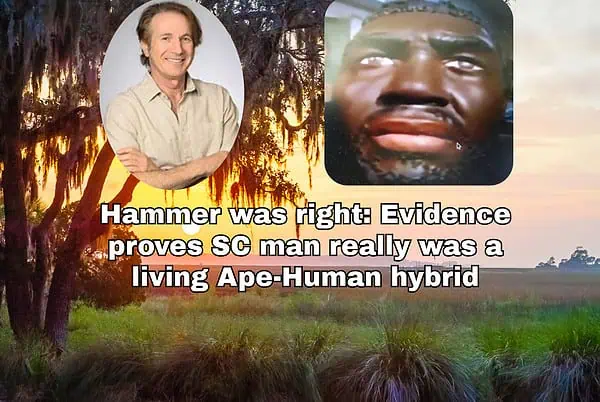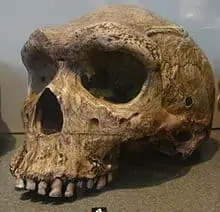Phillip Tobias back in the limelight with new fossil finds from Gladysvale cave to be announced by his protégé Lee Berger
by Martha Christina, South Africa
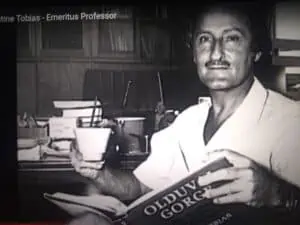 Phillip Tobias inspired me into a love of paleo-anthropology. As a teenager growing up in South Africa, it was Dr. Tobias who, with his South African TV series “Tobias’s Bodies,” that whet my appetite for delving deeper into this field. The series featured Tobias and other experts teaching viewers of anthropology and human anatomy.
Phillip Tobias inspired me into a love of paleo-anthropology. As a teenager growing up in South Africa, it was Dr. Tobias who, with his South African TV series “Tobias’s Bodies,” that whet my appetite for delving deeper into this field. The series featured Tobias and other experts teaching viewers of anthropology and human anatomy.
I often refer to Tobias as the man who spent more time with these human skulls than with anything else. His comparisons between the different Hominin species piqued my interest at the age of 16, already in 1998.
The TV Series Presented by Professor Tobias aired every Sunday evening in the early 2000s on South African television channel, SABC 3 and SABC 2.
From South Africa History SAhistory.org:
In 2002, he had his own, popular, TV series, “Tobias’ Bodies”. The series, presented and narrated by Tobias, consisted of six stand-alone episodes exploring different themes around genetics, anatomy and primatology.
Tobias always had a great love for the palaentological digs at the Sterkfontein Caves outside Krugersdorp on Gauteng’s West Rand where he led a team of researchers. He participated in almost all the other major digs in southern Africa since 1945 and discovered some 25 archaeological sites in then “Bechuanaland Protectorate” (now Botswana), while on the French Panhard-Capricorn Expedition.
One of the most famous of discoveries made by Professor Tobias pertaining to Hominins/hominids was the fossil skeleton known as “Little Foot.”
Phillip Tobias a protégé of Raymond Dart
As SAhistory.org further explains:
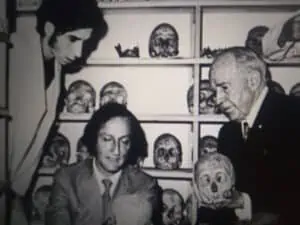 four 4.17-million year-old foot bones unearthed at Sterkfontein by Dr Ron Clarke. Later more of the skeleton was unearthed making Little Foot, humanity’s oldest, most complete skeleton of a direct ancestor, Tobias explained, in 2003 when a new dating technique showed the bones to be considerably older than the first estimate of 3.3 million years.
four 4.17-million year-old foot bones unearthed at Sterkfontein by Dr Ron Clarke. Later more of the skeleton was unearthed making Little Foot, humanity’s oldest, most complete skeleton of a direct ancestor, Tobias explained, in 2003 when a new dating technique showed the bones to be considerably older than the first estimate of 3.3 million years.
Little Foot was determined to be an early Australopithecine. Clark dubbed her Australopithecus prometheus. But controversy over the precise taxonomic classification, persists to today. Most paleo-anthropologists regard the fossil skeleton as an Australopithecus africanus.
Phillip Tobias changed humans’ understanding of our ancient ancestry. Tobias was known for being a friendly, outgoing man, eloquent and able to explain his science in a way that is understandable. — SAhistory.org
The World Heritage Site, Cradle of Humankind, Visitor’s Center guide gives more insight:
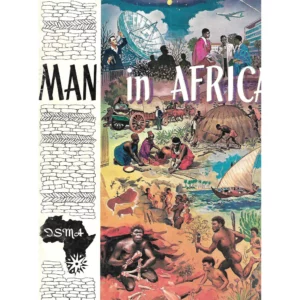 In 1994, palaeoanthropologist Professor Ron Clarke was in the workroom at Sterkfontein, sorting through a box of animal bones from the Silberberg Grotto in the caves, when he came across four foot bones which he realised belonged to an Australopithecus. The following year, he and esteemed palaeoanthropologist Professor Phillip Tobias, also of the University of the Witwatersrand, announced the discovery of the fossil Stw 573, nicknamed “Little Foot”, consisting of four articulating foot bones. The bones had actually been found in 1980, but had not been recognised.
In 1994, palaeoanthropologist Professor Ron Clarke was in the workroom at Sterkfontein, sorting through a box of animal bones from the Silberberg Grotto in the caves, when he came across four foot bones which he realised belonged to an Australopithecus. The following year, he and esteemed palaeoanthropologist Professor Phillip Tobias, also of the University of the Witwatersrand, announced the discovery of the fossil Stw 573, nicknamed “Little Foot”, consisting of four articulating foot bones. The bones had actually been found in 1980, but had not been recognised.
By this point, Tobias was regarded as a worldwide expert on human anatomy and paleo-anthropology. But he continued his work in the caves.
Continuing from SAhistory.org:
He established the Institute for the Study of Man in Africa (ISMA) in 1956 to advance the study of human ancestry and evolution, heredity and genetic composition and bodily structure in Africa. In 1959, he succeeded Raymond Dart, the outgoing professor to become the Professor and Head of the Department of Anatomy, the first South African born person in the Chair of any medical faculty in the country, a position he held until 1993.
Tobias always had a great love for the palaentological digs at the Sterkfontein Caves outside Krugersdorp on Gauteng’s West Rand where he led a team of researchers. He participated in almost all the other major digs in southern Africa since 1945 and discovered some 25 archaeological sites in then “Bechuanaland Protectorate” (now Botswana), while on the French Panhard-Capricorn Expedition.
Tobias contributed significantly to the submission of “The Fossil Hominid Sites of Sterkfontein, Swartkrans and Environs” which was inscribed in 1999 and today is known as The Cradle of Humankind World Heritage Site.
Continuing:
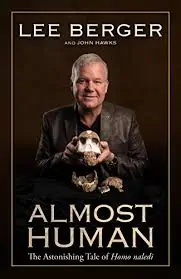 Phillip Tobias published an estimated 1000 journal articles and co authored 33 books. Tobias was nominated for a Nobel Prize three times.
Phillip Tobias published an estimated 1000 journal articles and co authored 33 books. Tobias was nominated for a Nobel Prize three times.
After a long illness, Professor Tobias died on June 7, 2012.
In 1993, Dr. Lee Berger, now the head of the Dept. of Paleo-anthrology at the University of Witwatersrand, co-authored a paper with Dr. Tobias,
Gladysvale: First early hominid site discovered in South Africa since 1948
We report here the discovery of fossil hominid teeth at Gladysvale, near Johannesburg in the southern Transvaal. This find makes the site the seventh in South Africa to yield australopithecine remains and the first new early hominid-bearing locality to be found in this region since 1948. Apart from the hominid specimens, our excavations at Gladysvale have added appreciably to the abundant Plio-Pleistocene fauna previously recorded from the cave deposit.
Robert Broom had been the first to explore the Gladysvale cave in 1936 but came up empty-handed. He moved on to Sterkfontein where he made major discoveries. Tobias followed Broom in Gladysvale in 1946 but found only Baboon teeth.
Berger was a student of Tobias. At his urging he went exploring the Transvaal caves including Gladysvale. As achievement.org explains:
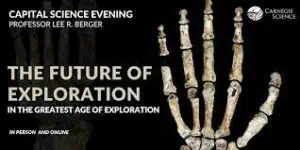 In 1991, he began his excavations at Gladysvale, near Krugersdorp, South Africa. Along with the long-established sites of Swartkrans and Sterkfontein, Gladysvale lies in an area known as the Cradle of Humankind. At Gladysvale, Berger discovered two early hominid teeth, making it the first new hominid fossil site to be discovered in Southern Africa in 48 years.
In 1991, he began his excavations at Gladysvale, near Krugersdorp, South Africa. Along with the long-established sites of Swartkrans and Sterkfontein, Gladysvale lies in an area known as the Cradle of Humankind. At Gladysvale, Berger discovered two early hominid teeth, making it the first new hominid fossil site to be discovered in Southern Africa in 48 years.
Berger went on to discover two new species of Hominins, Australopithecus sediba and Homo naledi.
As anthropology.princeton.edu notes:
Berger is presently the Phillip Tobias Chair in Human Evolution at the University of the Witwatersrand, Johannesburg, South Africa and an Explorer at Large for the National Geographic Society.
“I promise an announcement of a major discovery!” — Lee Berger
On November 19, Lee Berger Tweeted out that a new discovery had been made at Gladysvale. This was confirmed by a member of his team, Keneiloe Molopyane, in another Tweet on Nov. 22 hinting of the discovery.
